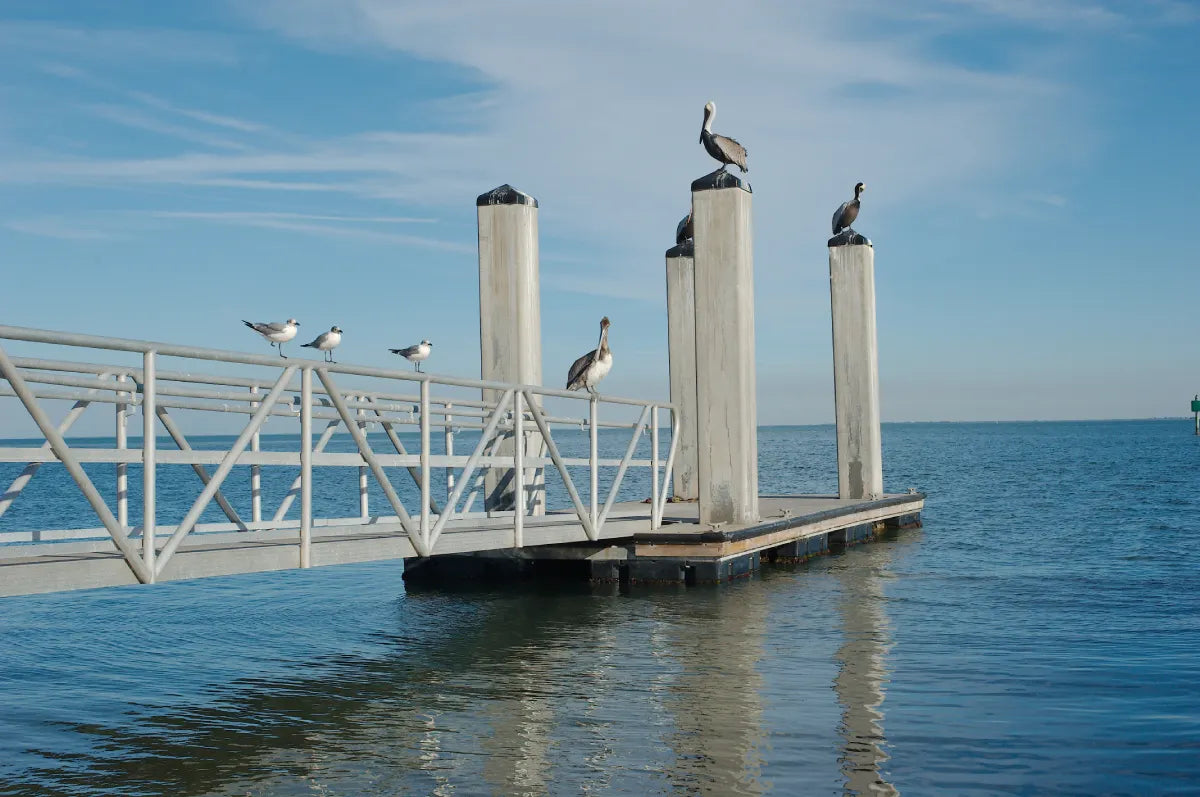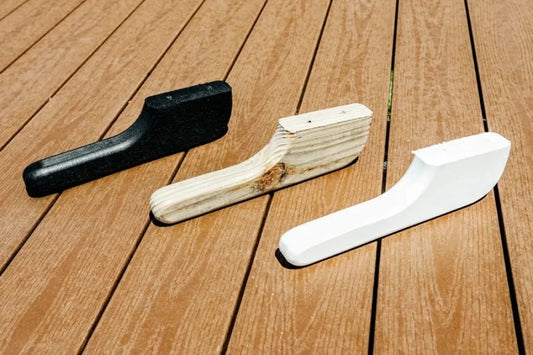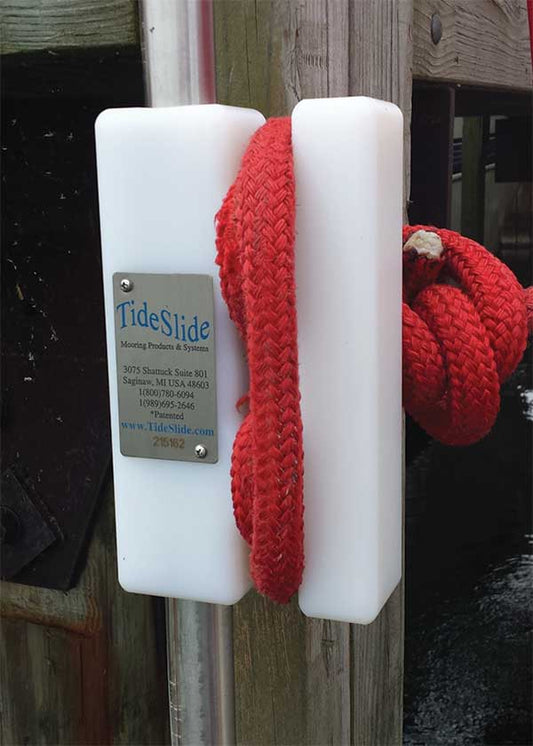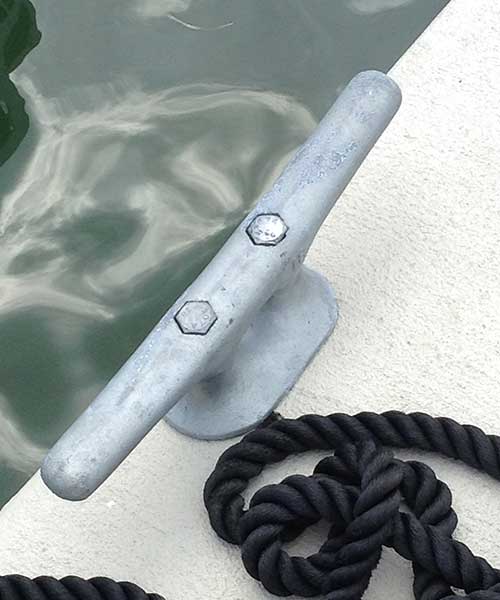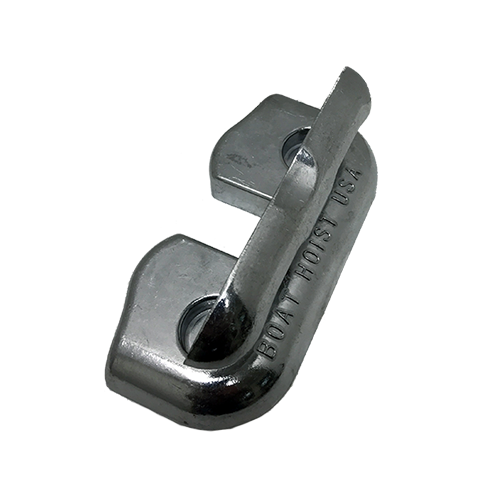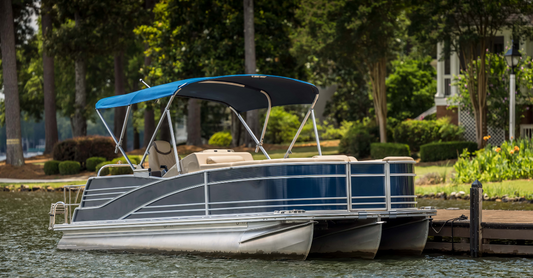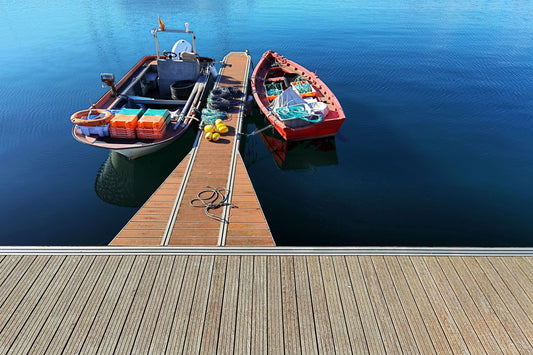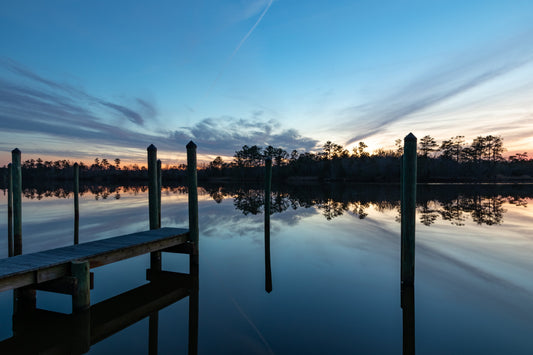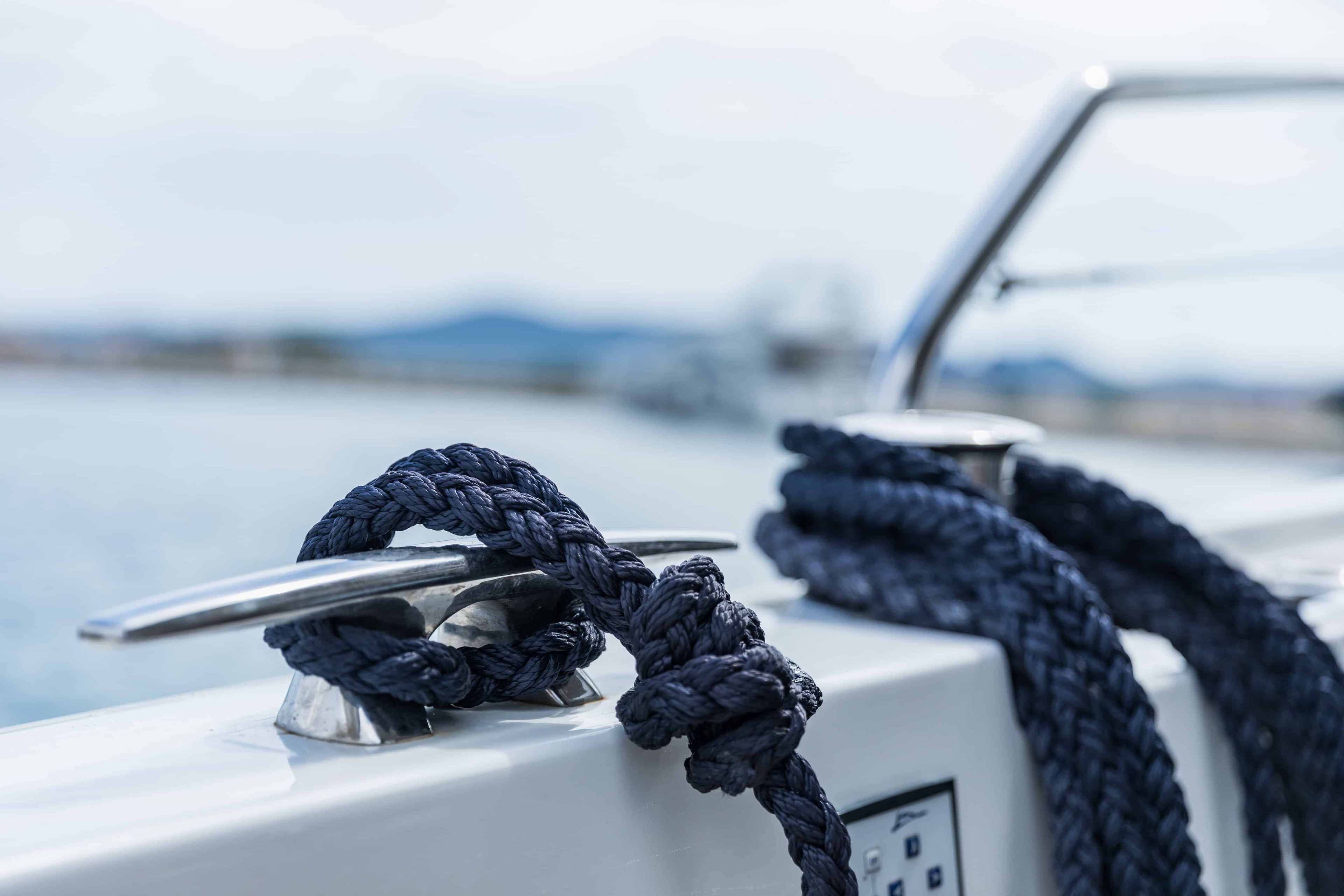
DOCK MOORING SYSTEMS
Scratches, dents, and damage can ruin the day of any boat or marina owner. Protect your beauty with a robust line of mooring equipment including cleats, slides, supports, and whips.
-
Aluminum S Cleats
Regular price Starting at $24.00 - $83.00Regular priceUnit price / per- Length options: 10”, 12”, 15”, and 18”
- Significant resistance to water, salt, weather, and corrosion
- Wide spacing of easy-access bolts to enhance load bearing capabilities
-
Dock Line Supports
Regular price Starting at $13.52 - $18.03Regular priceUnit price / per- Choose from three finishes
- Easy to use
- Compatible with any line and braiding
-
TideSlide®
Regular price Starting at $389.00 - $2,000.00Regular priceUnit price / per- Available in various sizes to securely moor boats ranging from 30' to 80' or up to 125,000 lbs
- Designed to withstand harsh marina conditions
- No required maintenance
-
Heavy Duty Galvanized Cleats
Regular price Starting at $32.00 - $129.00Regular priceUnit price / per- Choose from 10”, 12”, 15”, and 18” sizes
- Suitable for all types of watercraft
- Made from malleable iron for long-lasting support and improved corrosion resistance
-
Galvanized Cleats
Regular price Starting at $4.00 - $42.00Regular priceUnit price / per- Available in 6”, 8", 10”, 12”, and 14” to accommodate various vessel sizes
- Heavy galvanized, coated iron, open base cleats
- Ideal for vertical or horizontal mounting on piers and docks
-
Flip Up Cleats
Regular price Starting at $26.00 - $42.00Regular priceUnit price / per- Sturdy marine-grade aluminum
- Available in 6” and 8” to meet various dock needs
- Cleats folds flat when not in use
-
Lake Lite Solar Powered Lighted Cleat – 10″
Regular price Starting at $100.00Regular priceUnit price / per- 10" Solar powered cleat
- Anodized marine-grade aluminum
- Each cleat can provide 14 to 18 hours of light on a full charge
WHAT IS A MOORING SYSTEM?
DOCK MOORING SYSTEMS
Dock mooring systems keep boats, floating platforms, and other watercraft stationary at all water depths. They can support watercraft of all shapes and sizes, including:
- Cargo vessels
- Cruise ships
- Fishing boats
- Kayaks
- Personal watercraft (PWCs or jet skis)
- Pontoon boats
- Powerboats
There are two primary types of mooring systems: a shore fixture like a pier or an offshore fixture like a floating dock system.
SIX CATEGORIES OF DOCK MOORING SYSTEMS
Additionally, there are six categories of dock mooring systems. They are:
- Catenary
- Dynamic position
- Semi-taut
- Single point
- Spread
- Taut leg
CHOOSE YOUR DOCK MOORING
Regardless of the mooring system you choose, your dock mooring must be able to withstand a number of different forces, such as:
- The current
- The tide
- Waves
- Wind
- Adverse weather conditions
REQUIRED COMPONENTS
For a mooring system to function correctly, it requires several key components.
MOORING ANCHOR
The mooring anchor keeps the watercraft steady in a fixed position while it is being moored.
Your mooring system relies heavily on the strength of its anchor. The holding capacity of each anchor depends on the water depth, seafloor soil properties, and type of anchor you use.
Experts suggest using a mooring anchor that is at least three times the weight of your service anchor. If you’re unsure about the size and weight of the anchor you need, it’s best to ask the dock mooring professionals at Haven Dock and Marine for advice.
MOORING CHAIN
The mooring chain is a line that connects the anchor to a floating buoy or watercraft.
Although chain is the most common type of mooring line, there are various mooring lines and ropes to choose from. Others include:
- High modulus fibers
- Synthetic fiber rope
- Wire
Stick with chain for permanent moorings in waters up to 328 ft (100 m). For waters deeper than 984 ft (300 m), it’s better to choose a stainless steel wire rope.
For ultradeep waters (more than 6,560 ft or 2,000 m), you’ll want to use a combination line of chain, wire, and synthetic fiber for maximum strength.
Experts recommend that your mooring line is three times the length of the water’s depth and a quarter inch thicker than your service chain.
It’s also a good idea to invest in mooring line supports. These supports protect the line from chafing, especially with consistent use.
You may also consider getting mooring whips. Mooring whips look like giant fishing poles. They are solid fiberglass rods that keep your watercraft a safe distance away from the dock edge to prevent damage during unfavorable weather conditions.
MOORING BUOY
The mooring buoy floats in the water away from the shoreline. The buoy allows boats to be moored in deep water instead of shallow water or to a pier.
They are heavier than standard buoys to allow for mooring. Traditional buoys only act as locators or warning devices for ships.
5 BASIC TYPES OF ANCHORS
Boat dock mooring systems can use five different types of anchors. Read about them in-depth to see which is best for your mooring system.
DEADWEIGHT ANCHORS
Deadweight anchors use weight as their holding power and are the simplest type of anchor. The weight will settle at the bottom of the sea (or lake) floor and become embedded. Then, the suction effect will increase the anchor’s holding power.
While you can use any heavy-weight object as a deadweight anchor, large concrete or stone blocks are the most common. But because of their size and weight, these anchors often require a barge to set.
MUSHROOM ANCHORS
Mushroom anchors look like an upside-down mushroom and are made of heavy cast iron. They are best for freshwater and smaller motorized water vehicles because they can be easily buried in:
- Mud
- Sand
- Silt
- Other soft seafloors
However, mushroom anchors are not best for some conditions. They can dislodge and lose holding power if they aren’t embedded adequately on the sea or lake floor. This is called a spin-out. A spin-out will negatively impact the mooring system’s safety.
It’s also possible for the chain to wrap around the shaft of the anchor if it doesn’t correctly set. This can reduce the mooring’s scope.
If you get a mushroom anchor, find one coated with PVC. The plastic layer acts as a bumper and prevents damage to your watercraft.
PYRAMID ANCHORS
Pyramid anchors are similar to mushroom anchors in that they are made from heavy cast iron and have similar holding power. However, they come in the shape of a pyramid rather than a mushroom.
The pyramid shape allows the anchor to become embedded in the seafloor quicker than the mushroom shape. Plus, because they have a shorter anchor shaft, chain wrap becomes less likely. Unlike mushroom anchors, you can use pyramid anchors on any seafloor, including
- Hard
- Rocky
- Sandy
Pyramid anchors are most commonly used in shallow waters.
HELIX ANCHORS
Helix, or screw pile anchors, consist of helically shaped stainless steel plates attached to a central shaft. They use rotation during installation into the ground.
These anchors are more eco-friendly than others, and their holding strength is unmatched. They work best for marinas and residential float systems in waters no greater than 60 ft (18 m).
You'll need specialized equipment and professional installation to use screw pile anchors in deeper waters.
PILING ANCHORS
Piling anchors are most common to secure floating docks because they drive a single structure into the seafloor for maximum stability and limited side-to-side movement.
You mount the pile loop to the floating dock so the dock can rise and fall with the tide.
